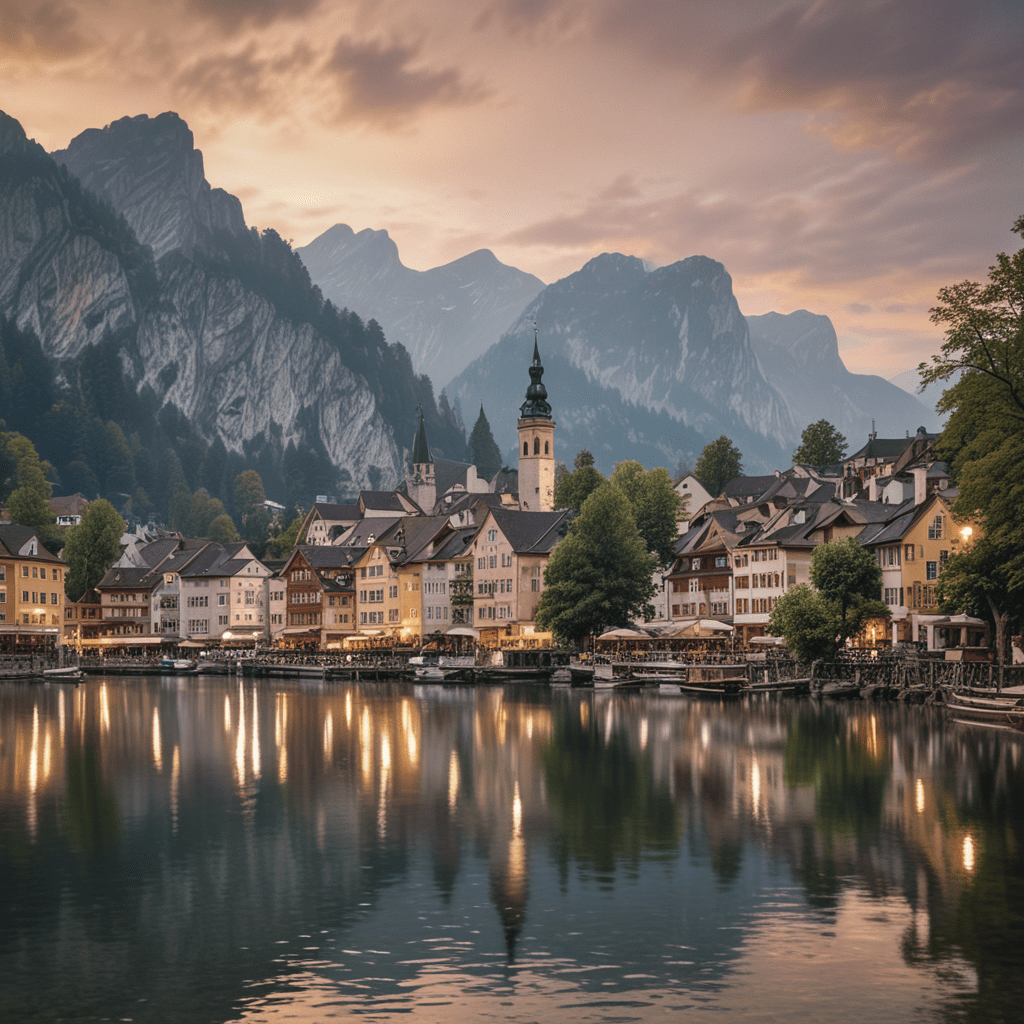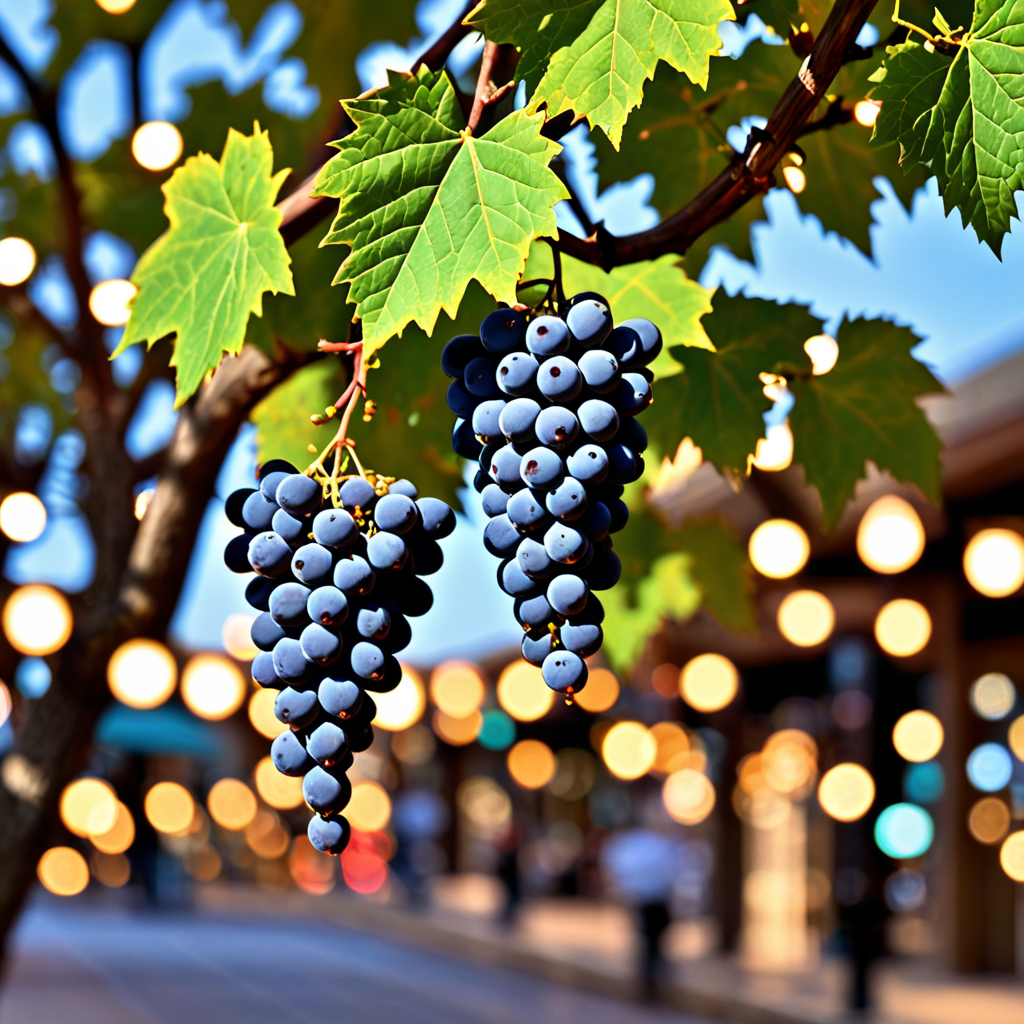
Introduction to the Salzkammergut UNESCO World Heritage Site
Nestled amidst the Austrian Alps and the shores of sparkling lakes, the Salzkammergut region is a picturesque haven that has captivated nature enthusiasts, historians, and travelers alike. Designated as a UNESCO World Heritage Site in 1997, this exceptional landscape boasts a rich cultural heritage, geological wonders, and an abundance of outdoor adventure opportunities.
The Cultural Landscape of the Salzkammergut
The Salzkammergut's cultural landscape has been meticulously shaped by centuries of human interaction. From prehistoric settlements to imperial summer retreats, the region's history is intertwined with its natural surroundings. The harmonious coexistence of picturesque villages, towering mountains, and pristine lakes reflects the deep connection between the local communities and their environment.
Historical Significance and Salt Production
The name "Salzkammergut" literally translates to "salt chamber estate." Salt production has been the lifeblood of the region since ancient times. The presence of vast salt deposits in the area attracted settlers and led to the establishment of prosperous trading routes. The historic salt mines, dating back to the Middle Ages, provide a fascinating glimpse into the region's industrial heritage.
The Lakes and Mountains of the Salzkammergut
The Salzkammergut is renowned for its breathtaking scenery. Pristine alpine lakes, such as the Wolfgangsee and the Traunsee, mirror the towering peaks of the Dachstein Massif, creating a picturesque panorama. Visitors can embark on scenic boat tours, indulge in water sports, or simply relax on the shores of these tranquil waters. The surrounding mountains offer endless opportunities for hiking, climbing, and mountain biking, promising an exhilarating adventure in the heart of nature.
Hallstatt: A Prehistoric Settlement
Nestled on the shores of the Hallstätter See, Hallstatt is a picturesque village that has been inhabited since prehistoric times. Its well-preserved prehistoric settlement, dating back to the 8th century BC, offers a glimpse into the lives of early civilizations. The village is also home to a fascinating salt mine, a testament to its rich mining heritage.
Bad Ischl: Imperial Spa Town
Bad Ischl is a charming spa town located in the heart of the Salzkammergut. It gained prominence in the 19th century as the summer residence of Emperor Franz Joseph I and his wife, Empress Elisabeth. The town's elegant architecture, beautiful parks, and thermal springs have made it a popular destination for relaxation and rejuvenation.
Gmunden: Gateway to the Salzkammergut
Gmunden is the largest town in the Salzkammergut region, situated on the picturesque Traunsee. As the gateway to the region, Gmunden offers a vibrant mix of history, culture, and outdoor activities. Visitors can explore its historic old town, admire the magnificent Schloss Ort castle, or take a leisurely boat trip on the lake.
St. Wolfgang and the Schafbergbahn
St. Wolfgang is a picturesque village nestled on the shores of the Wolfgangsee. It is famous for its pilgrimage church, pilgrimage chapel, and the iconic Schafbergbahn, a cog railway that ascends to the summit of the Schafberg mountain. The breathtaking views from the mountaintop make it a popular destination for hikers and nature enthusiasts.
Obertraun and the Dachstein Massif
Obertraun is a village located at the foot of the imposing Dachstein Massif, the highest mountain range in the Salzkammergut. The Dachstein Glacier, located on the massif, is a popular destination for skiing and snowboarding in the winter and hiking and climbing in the summer. Visitors can also explore the Dachstein Caves, a vast network of underground chambers and passages.
Sustainable Tourism and Preservation in the Salzkammergut
As a UNESCO World Heritage Site, the Salzkammergut is committed to sustainable tourism practices that preserve its natural and cultural heritage. The region encourages responsible travel, eco-friendly accommodations, and the conservation of its pristine environment. Visitors are advised to respect the local customs and traditions and minimize their impact on the environment.
FAQ
Q: What is the best time to visit the Salzkammergut?
A: The Salzkammergut is beautiful year-round, but the best time to visit is during the shoulder seasons (May-June and September-October) when the weather is mild and there are fewer crowds.
Q: How do I get to the Salzkammergut?
A: The nearest major airport is in Salzburg. From there, you can take a train or bus to the Salzkammergut region.
Q: What are the must-see attractions in the Salzkammergut?
A: Hallstatt, Bad Ischl, Gmunden, St. Wolfgang, the Dachstein Massif, and the Salzkammergut Lakes are some of the must-see attractions in the region.
Q: What activities can I enjoy in the Salzkammergut?
A: Hiking, biking, swimming, boating, skiing, snowboarding, and cultural sightseeing are some of the popular activities you can enjoy in the Salzkammergut.


